Quick crash course in horticulture: perennial plants grow back on their own, annual plants do not. They’re called “annual” because you have to replant them annually. This rule mostly applies to flowers, however. There are several varieties of vegetables that you can regrow, if you take care of them and plant them properly. NOTE: most veggies will, of course, regrow if you plant the seeds. These are examples of plants that can grow using scraps or other leftover parts.
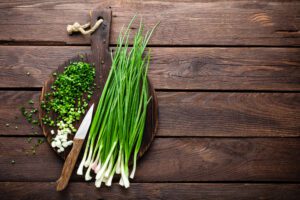 SCALLIONS
SCALLIONS
Take the roots from your scallions- at least an inch’s worth- and place inside of a shot glass. Fill the glass with water and set in a window. Change the water every day, and by the end of the week, the scallions will have regrown.
AVOCADOS
Regrowing an avocado takes a great deal of patience: if it ever bears fruit, it’ll be five to thirteen years after planting. If nothing else, avocado trees are pleasant to look at, so use them to spruce up the yard or make an attractive houseplant. You can find full directions on the official avocado website here.
CELERY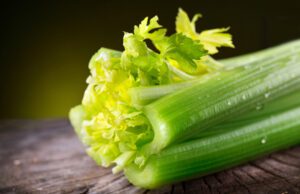
The bottom of a bunch of celery will eventually regrow into new stalks. You’ll need to transfer it into soil after three days, but for the first 72 hours, you can keep it in a shallow bowl of water. Do be wary that water with fluoride and chlorine may kill the celery before it even has a chance to sprout.
CARROT LEAVES
Yes, leaves, not the full carrot. The tops of carrots (not baby carrots) can be slightly submerged in water and placed in sunlight, and eventually, the green sprouts on top will regrow. Carrot leaves aren’t particularly tasty, however, so this is better as a science experiment for kids.
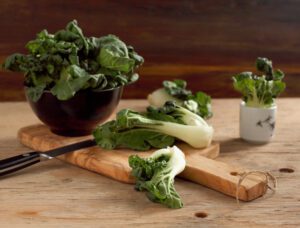 BOK CHOY
BOK CHOY
Much like celery, bok choy regrows from the often-discarded bottom of the plant. It begins growing in a bowl of water and must be transferred to soil within a week. Considering how expensive bok choy can be, being able to regrow it at home can save a great deal of money.
GINGER
Ginger takes a few months to regrow, but the project is relatively low-effort. You will need to keep the ginger covered to maintain proper humidity, however. You can find the full instructions over here on Chiot’s Run.
BASIL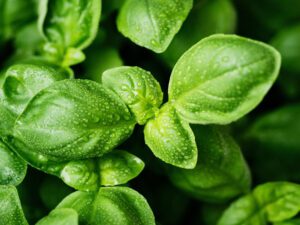
Perhaps the easiest plant to regrow on this list, basil simply needs a few leaves with decent-length stems in water to grow again. Cut about four inches below the stem using a knife (not scissors), change the water regularly, and transfer to soil when the roots are about two inches long. Viola! A never-ending supply of basil!
ONIONS
Cut off the bottom of an onion (the part with the roots). Leave it intact. Allow it to dry. Fill a starter pot 2/3 full with soil, place the onion bottom in a small indentation, and cover with more soil. Water as needed, and eventually you’ll never need to buy onions again.
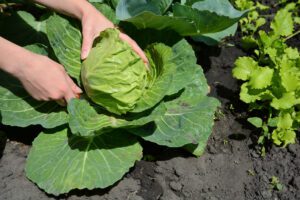 LETTUCE AND CABBAGE
LETTUCE AND CABBAGE
Romaine lettuce can regrow if the bottom stump is saved in water. It also doesn’t need to be transferred to soil but doing so will grow leaves twice the size. Cabbage, by virtue of being another leafy vegetable, grows using the same method. Grow lettuce and cabbage in an area that is bright and cool.
PINEAPPLE
Growing a pineapple indoors requires time- three years’ worth, to be precise. Rooting is the most difficult step and even then, there’s no guarantee it will grow. But if you’re confident in your green thumb and want to test Mother Nature, follow the steps listed here.
What plants do you know how to regrow? Let us know in the comments and on our social media!






